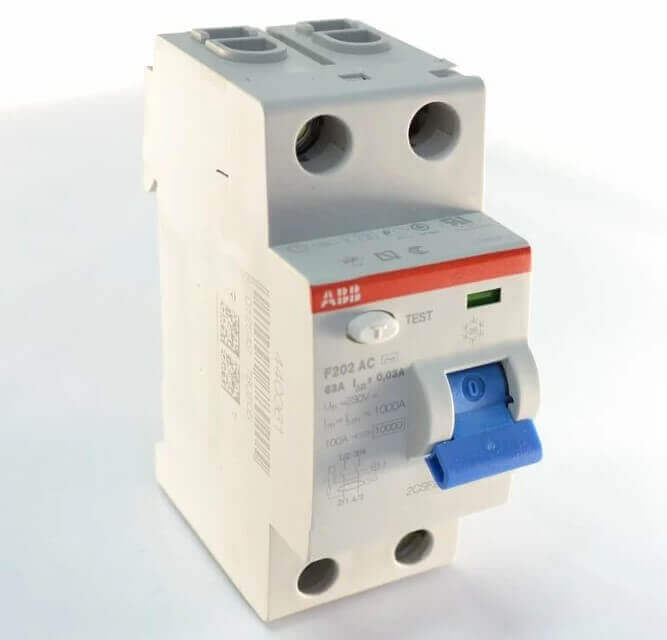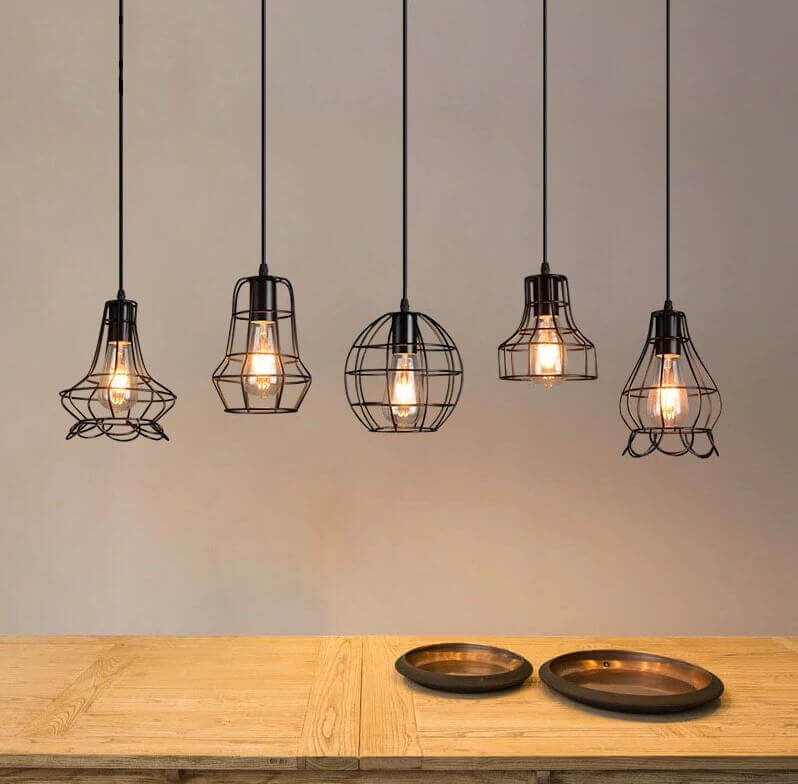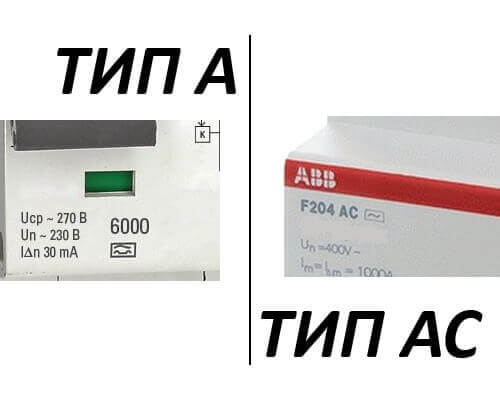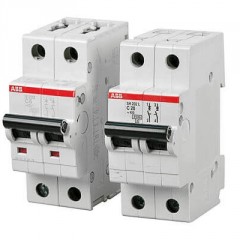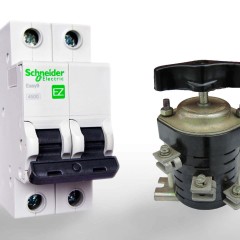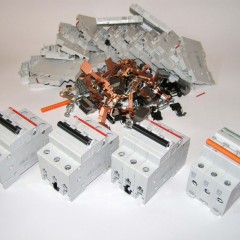Is it necessary to put an RCD on the lighting according to the PUE
When you can not install
When wiring, one of the main issues is the final cost of the work and wiring products. Often, in order to save money, they come to simplification. switchboard circuits and reducing the number of modules in it. However, most people do not wonder whether to install RCD into the world, often sacrificing it to him.
In discussions, opponents of the installation of RCDs for lighting hide behind chapter 7.1. PUE, namely, clause 7.1.79, where it is stated that the installation of RCDs in the lines that supply stationary equipment and lighting is usually not required.
What does “as a rule” say to us? This means that in many cases it is possible not to install differential protections on these devices, and also that there are cases in which protection is mandatory or extremely desirable. We will talk about them below.
What do we get if we do not put an RCD in the light?
- Save space in the electrical panel.
- Lower cost of work and equipment for mounting the shield.
- Less chance of false alarms in case of emergency or lamp failure.
In the following cases, you can not install a residual current device:
- if the lamps are located at such a height that under no normal situations you can touch their conductive parts (for example, a metal case);
- if you install a switch in the open phase wire;
- You will always turn off the switch when replacing the light bulb, wiping or repairing the lamp.
In these cases, there is a danger of electric shock if leakage current on the lamp housing is minimal.
When to install
Lighting requirements are set out in Chapter 6.1 of the EMP, and the need to install differential protection is described in clauses 6.1.14, 6.1.16, 6.4.18, 6.1.49. There is also a recommendation in GOST R 50571.7.714-2014 p. 714.411.3.3.
It says that RCDs for lighting residential and public buildings are installed:
- In rooms with high humidity and fire hazard, as a protection against electric shock, it is necessary to use a reduced voltage of up to 50V to power stationary lighting.
- When supplying light sources in the above rooms from 220V, it is necessary to install an RCD or an isolation transformer.
- Be sure to install on fixtures, the lower point of which is located below 2-2.5 meters. These are the lights that you can accidentally hit from the floor. For information, with a ceiling height in Khrushchev of 2.5-2.7 meters, almost any chandelier will be located lower.
- It is necessary to install in the power circuit of the backlight and lighting of billboards and signs.
- Architectural highlight.
- For outdoor lighting.
- Lighting of public places on the street (telephone booths, bus stops, route signs, etc.).
If you are doing home repairs, then you must know that it is necessary to install an RCD on the lighting groups in the bathroom, in the bathroom, in the bath or sauna and other places with high humidity, such as the basement.
Which RCD choose
Choosing a residual current device on the lighting line, one often wonders which type to choose: A or AC. Type A reacts to alternating and pulsating leakage currents, while Type A responds only to variables. Then, with what parameters should the protection be brought to light so that the work is reliable?
In chapter 7.1. The PUE of clause 7.1.78 says that both types can be used in buildings, and then pulsating current sources are listed, among which there are "regulated light sources".
Therefore, it will be more reliable if you install an RCD of type A into the light. Its rated current must be equal to or greater than the rated current of the circuit breaker that protects this circuit. Tripping current as recommended PUE, should be no more than 30 mA.
When installing the protective device on street lighting or advertising illumination, its response current should be 3 times greater than the line leakage current. Therefore, calculate the line leakage current according to the PUE of clause 7.1.83 (10 μA or 0.1 mA per meter of phase conductor length).
About which rated current to choose, you can read from the article to which we referred below.
Conclusion
When designing electrical switchboards, a decision must be made in advance about which circuits and by what means will be protected. Based on this decision you need choose an electrical panel, which will fit more modules than you calculated. In this case, you do not have to sacrifice security for the sake of economy.
We believe that RCDs should be placed on the light, since current leakage to the lamp housing can occur not only in case of damage to the insulation of its wires, but it can also save your life if you get an electric shock if you accidentally touch the contacts of the cartridge. This probability is especially increased when threaded cartridges (type E27, E14) are connected incorrectly, and the phase is connected not to the central, but to the side contact. In the event of such accidental contact or damage to the insulation of the lamp wires, the RCD will knock out as soon as a leak occurs.
Whether or not to put RCDs on lighting is of course you decide, but remember the requirements of regulatory documents. If you have any questions regarding the information provided, or you want to express your own opinion - write in the comments, our editors are ready for discussion!
Related materials:

